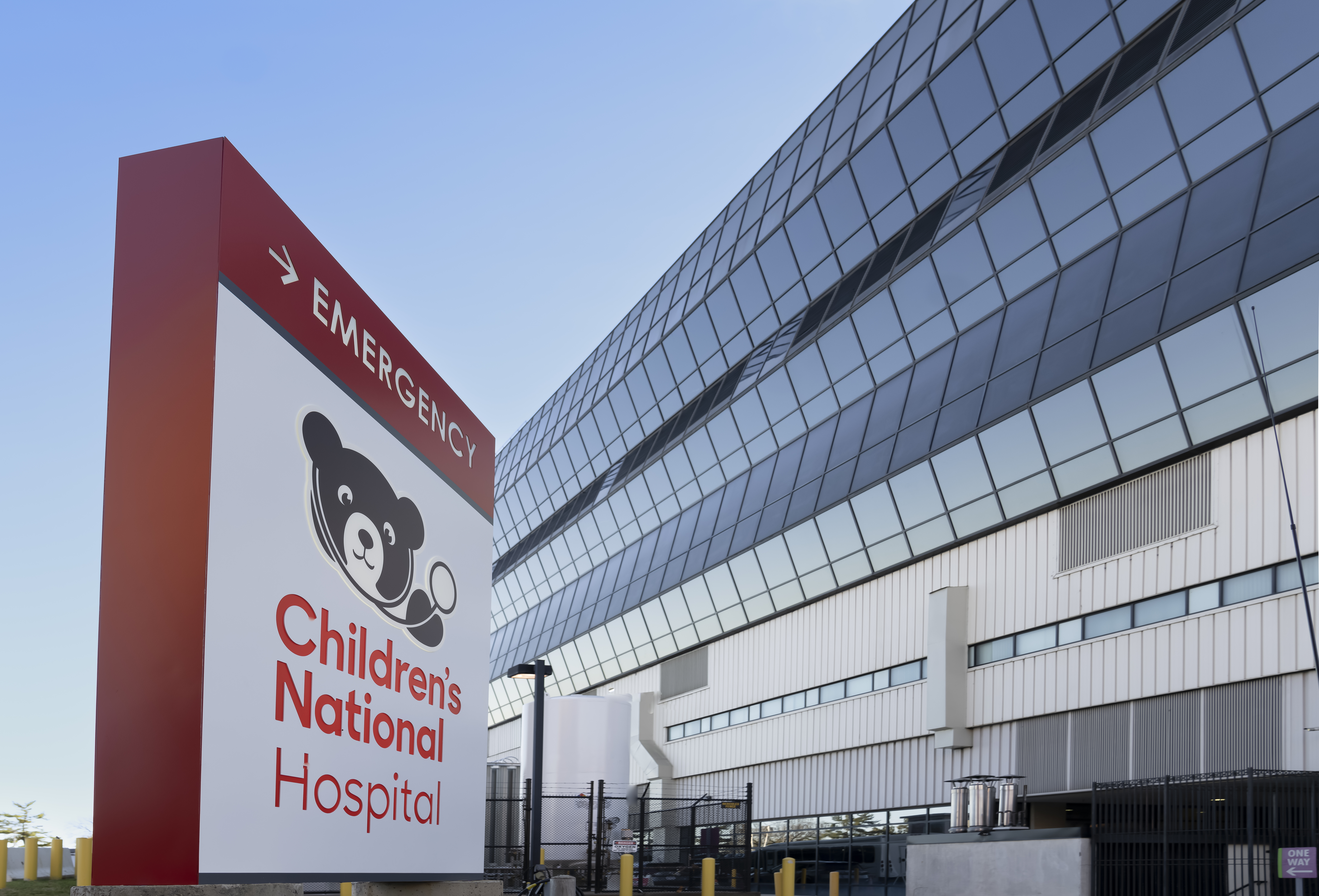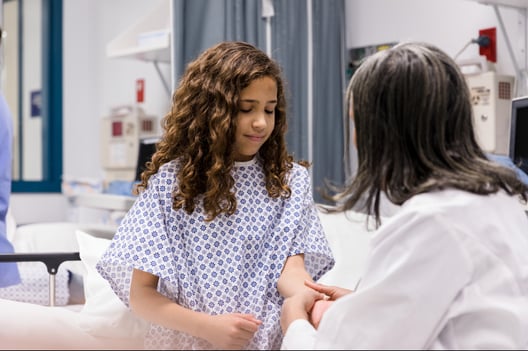
Trauma Care

The Trauma care team at Children's National Hospital provides around-the-clock care for patients with acute injuries. Our dedicated team of pediatric specialists treats over 500 critically injured infants, children and adolescents each year. We provide care for all aspects of injury, from prevention through discharge and rehabilitation. We are committed to providing the highest quality of care and treatment to our patients.
Our Providers
Our pediatric specialists provide personalized care for your child’s physical, mental and emotional health needs.
Contact Information
For appointments, call 1-888-884-BEAR (2327) and for information, call 202-476-2151. For emergency consults or referrals, call 202-476-LIFE (5433).
Choosing Children’s National for Trauma Care
As the primary pediatric trauma center in the region, we understand how challenging and frightening an injury can be for our patients and their families. Our acute response team of surgeons, nurses and emergency medicine specialists provide immediate intervention when your child arrives at the hospital. Trauma Surgery coordinates with specialists in Emergency Medicine, Neurosurgery, Orthopaedic Surgery, and other specialists to provide a full range of diagnostic services and treatment for acutely injured patients.
Highlights of our program include:
- Level 1 Verified Pediatric Trauma Center. Verified as a Level 1 Pediatric Trauma Center by the American College of Surgeons (ACS) and the Maryland Institute for Emergency Medical Services Systems (MIEMSS). This distinction recognizes care at a trauma center by improving quality outcomes, preventing complications, reducing costs and saving lives.
- Transport services. When your child needs transportation to Children's National Hospital, our communications specialists in the Emergency Communication and Information Center work with regional and international Emergency Medical Services (EMS) to provide an ambulance, helicopter or other flight transport to Children's National.
- Dedicated pediatric specialists. Our social workers, child life therapist, child psychologist and psychiatrist are available to support the needs of injured children and families.
- Nationally-recognized leader. The trauma team is nationally recognized as a leader in the pediatric trauma community.
Treating Your Child's Traumatic Injury
Trauma can occur in many forms, but the team at Children’s National Hospital has the expertise needed to care for your child. “Trauma” is defined as an injury to human tissues and organs resulting from the impact of energy from the environment. A traumatic injury can be anything from a bruise to life-threatening physical injuries.
There are three categories of traumatic injury:
- Blunt injuries are the most common type of injury in children. A blunt injury is the result from direct contact of a blunt object with the body. Example: An injury caused by a motor vehicle crash or being hit by a car.
- Penetrating injuries are caused when the body is pierced or lacerated by an object. A penetrating injury is a gunshot, impalement or knife wound. An impalement occurs when the body is pierced by a sharp object not meant to cut the body. Example: A nail through a hand.
- Crush injuries are a result of physical trauma from an extended compression of the toros, arms, legs, or other parts of the body. Example: A dog bite.
No matter the type of trauma, our Pediatric Trauma Center is specialized to help care for your child.
Benefits of a Level 1 Pediatric Trauma Center
- 24 hours per day, 365 days per year in-house board-certified surgical specialists of all specialties, a team of nurses and support staff
- Referral resource for community hospitals in Washington, D.C., Maryland, Virginia and West Virginia
- Robust research efforts to help develop innovations in trauma care
- Leadership in injury prevention and public education within the DMV
Conditions We Treat
Understanding your child's condition is an important step on your treatment journey. Learn more about causes, symptoms and diagnosis for a variety of conditions, as well as unique treatments and research being performed at Children's National.
What to Expect With an Injury

On arrival to Children’s National Hospital, our trauma team of experts come together quickly to examine, diagnose, treat and stabilize children who have minor or acute injuries. Based on the extent of injuries, your child may be admitted to the hospital in our Acute Care Unit or Pediatric Intensive Care Unit; go directly to the Operating Room; or be discharged with instructions for at-home care.
Locations

Main Hospital
- Specialty Care
- Emergency Care

Family Resources
Children can be injured in a variety of ways, but there are things families can do to lessen the likelihood of childhood injuries. Review our safety tips and resources.

Continuing Education for Providers
Nurses and other healthcare professionals can view our educational videos, which highlight best practices in trauma care. Watching some of the videos in our playlists can earn nurses continuing education credits.








